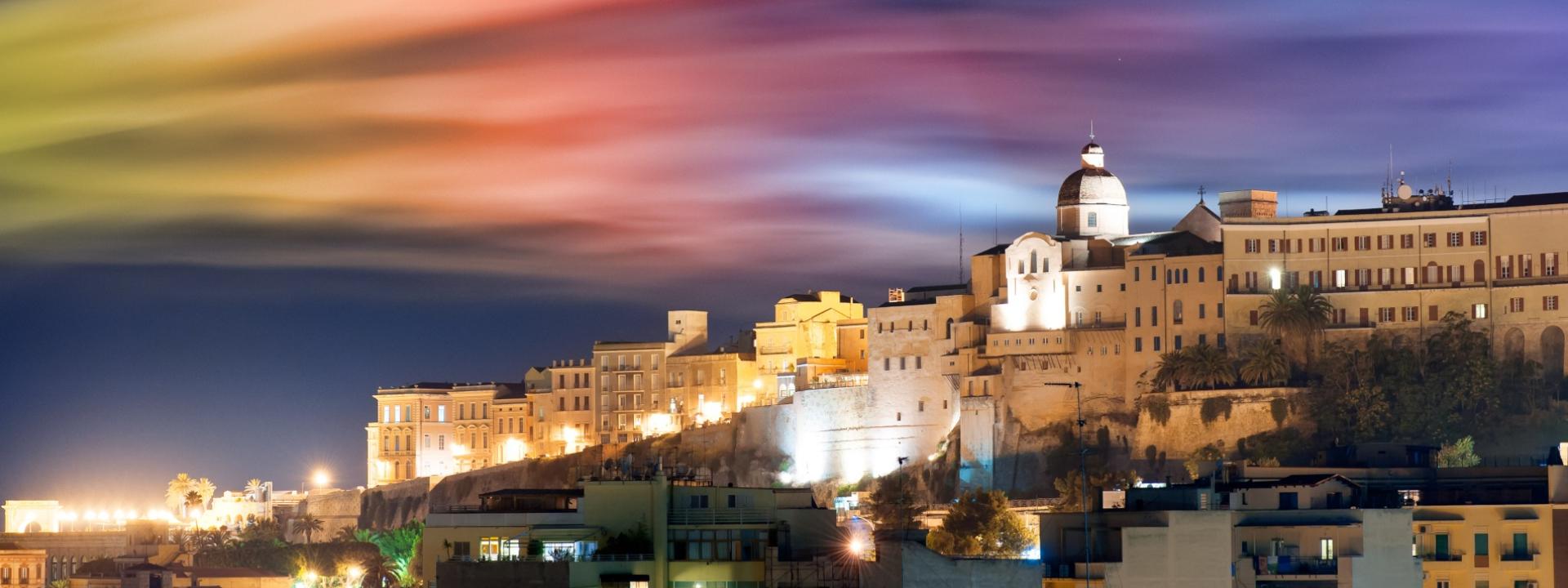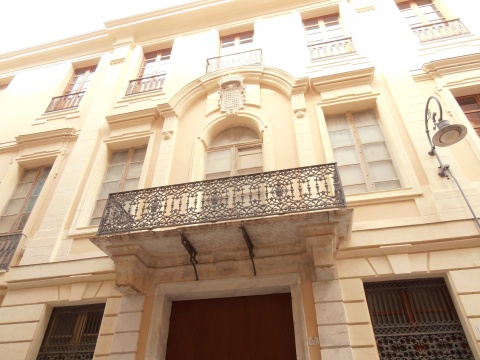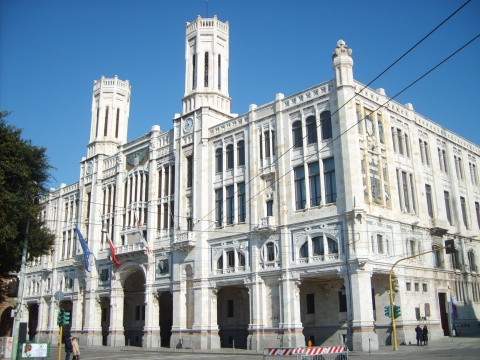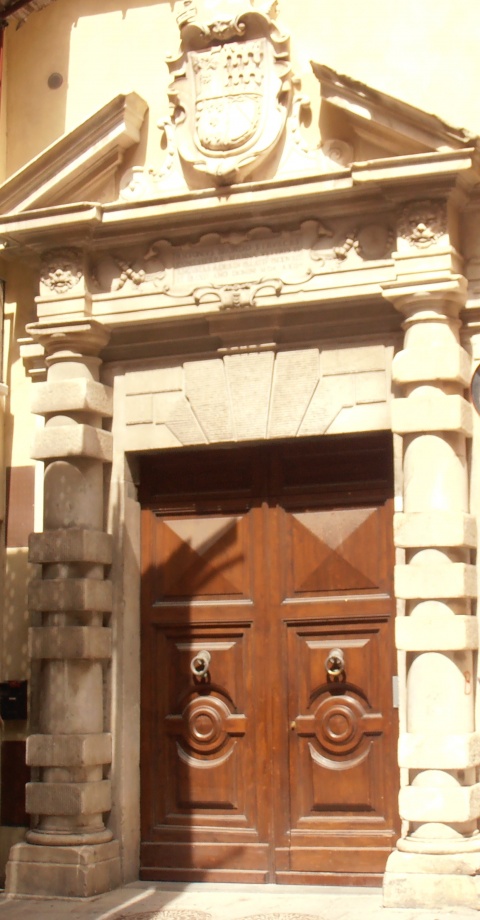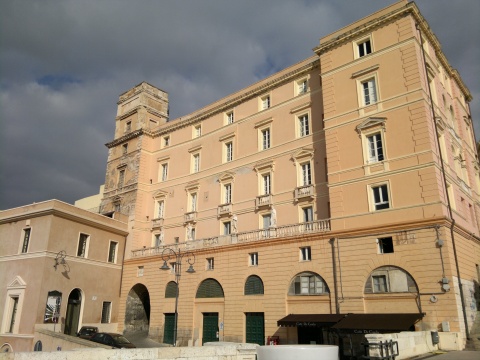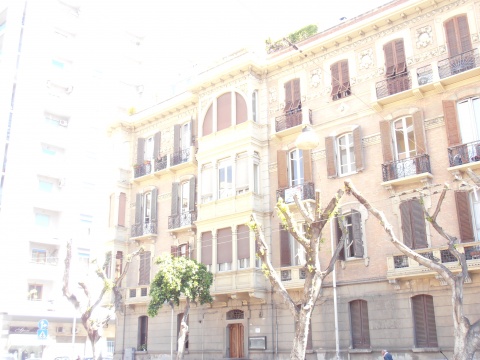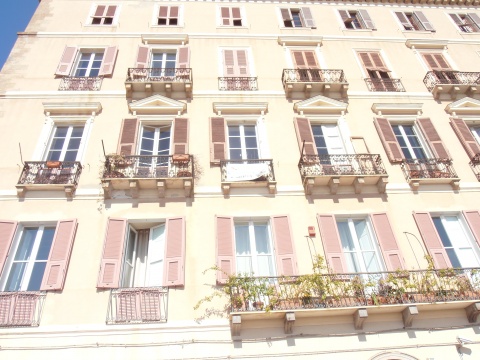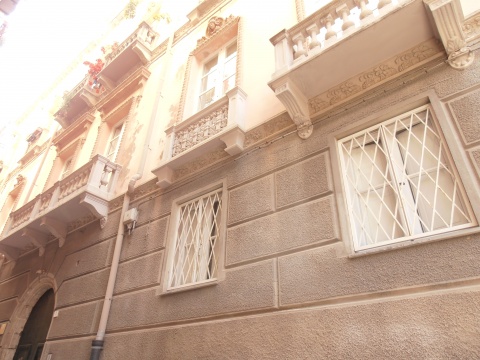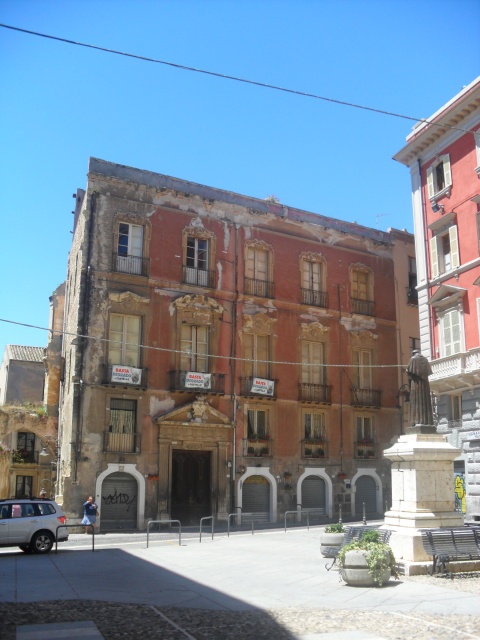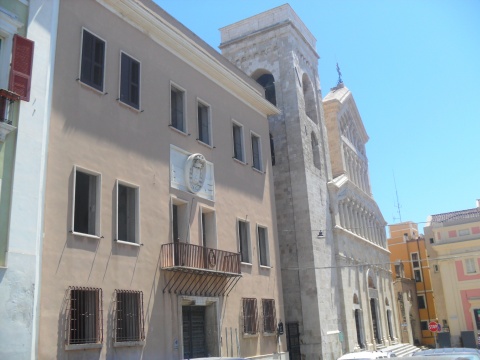De Candia Palace
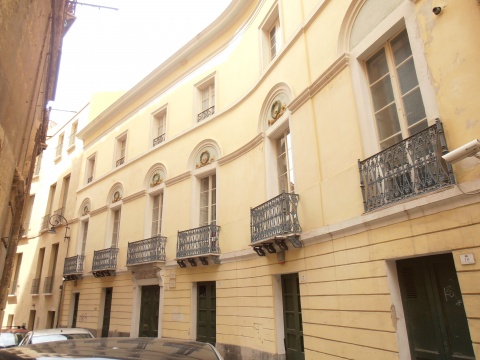
The building, erected in mid-nineteenth century, is situated at Via Genovesi near the Brondo Zapata Palace. It takes its name from the De Candia family who owned it until the end of the XIX century.
At the end of the nineteenth century the building was taken over by Muntoni family that held the property until the fifties, when they sold it to the Inserra family, still owner of the building. The Neoclassical front is on two levels and it's characterized by the floral decorations visible in the lintel of the entrance and in the lunette of the windows in the first floor. These open onto the Via Genovesi with wrought iron railings balconies that differentiate them from the second floor's windows without balconies or special decorations. The entrance hall's barrel vault and the frescoes present in the two-storey rooms are superbly manufactured.
Palazzo De Candia
Palazzo De Candia
Via dei Genovesi, 8-18

Add new review
Your review will be visible after approval by the editors
To post a review you must be an authenticated user.
Log in with Social Login
